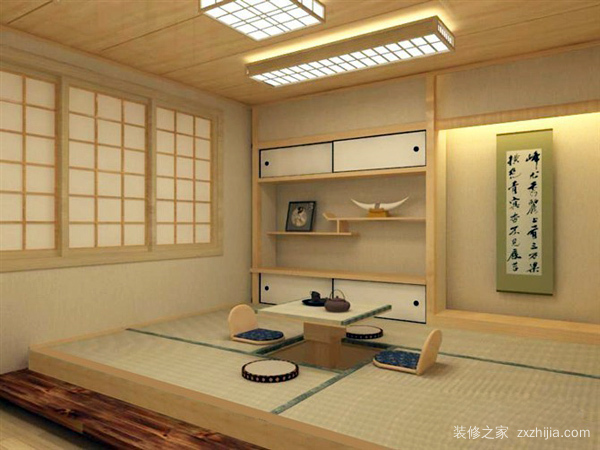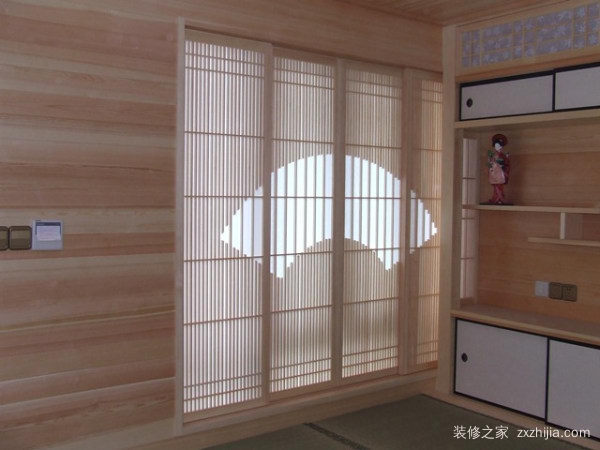Japanese-style and wind tatami have become hot topics in recent years. Many young families have set their own bedrooms in tatami-style rooms. The tatami lattice doors are more iconic household items. So how much do you know about the tatami lattice door? Then let Xiaobian take everyone to see the relevant content of the tatami lattice door .

The lattice door, also known as the lattice fan, is a traditional wooden door built in the temple of the Han Dynasty. The lattice door originated in China, and the traditional construction of East Asia, the Korean Peninsula, Vietnam, Ryukyu and other East Asian regions are also influenced by the Han culture and have lattice doors. Song Lisong's "Building Law" and the "Xin Jingshi" of the Yuan Dynasty were called lattice doors, and the Qing Dynasty was called the grid fan.
For each ordinary house, four grid doors with a height of six feet to one foot and two feet are installed. It is enough to install two lattice doors in a small space. For example, under the plaque or beam, six double-waist string doors are installed. There are two kinds of lattice door horizontal pull type and push-pull type. The Chinese lattice door was mostly horizontal pull lattice door in the Song Dynasty or before, and then the push-pull lattice door was popular.
Dongyang said that the lattice door is a plaid household. In recent times, the horizontally-drawn lattice door is more popular, which is called a stick, but there are also push-pull lattice doors. North Korea traditionally built push-pull lattice doors for exterior doors, and indoor doors also have horizontal pull-types.
The lattice door is divided into three parts. The middle half waist and the horizontal bar are called the waist string in the Song Dynasty (called the waist in the Qing Dynasty, the Japanese is called the middle stack), the eye on the waist string, and the water barrier on the waist string (Japanese for the waist).

In addition to the waist string, the grid eye accounts for about two-thirds of the height of the door, and the barrier plate accounts for one-third. In order to increase the brightness of the lattice door of the Ming Dynasty, the ratio of the lattice to the barrier is increased to seven to three or eight to two.
Some of the Toyo, North Korea, and Ryukyu lattice doors have no barriers, only the waiststrings, and the waiststrings are all up and down. It is also a bit of a whole door that is all eyes, no waiststrings and barriers. There is also a bit of a barrier, a grid, and no waist string. Toyo said that the push-pull lattice door with the barrier and the waist string is the stack of Tang households, and the horizontal pull-type lattice door with the barrier is called the waist stick.
A little lattice door has no coverings, and the ancient lattice door will be a bit of paper or oyster shell, which can be shaded and screened. In modern times, the lattice eyes of the lattice door are covered with glass, and the chemical fiber is used to replace the paper as a cover.
How about, I read the relevant introduction to the tatami lattice door, and I also learned a lot about the tatami lattice door. I hope that you can learn more about home improvement knowledge through this article, and you will be able to create a more perfect home environment. Thank you for reading this article and your support and love for Xiaobian. If you want to get more information about home improvement, please continue to pay attention to the decoration home network.
Aluminum Sunroom Profiles,Aluminium Unitized Curtain Walls Extruded Profile,Solar Pannel Frame Aluminium Profile,Aluminum Solar Pannel Frame
Guangdong Jihua Aluminium Co., LTD , https://www.gdaaluminiumprofile.com